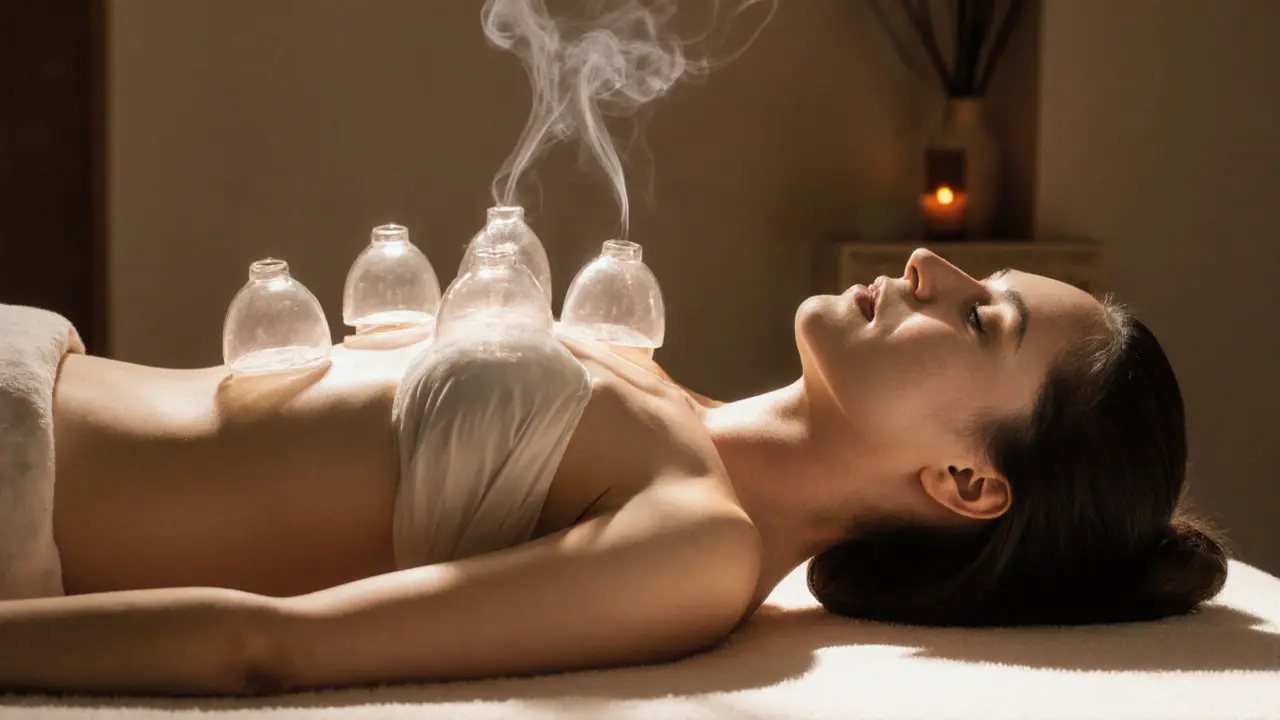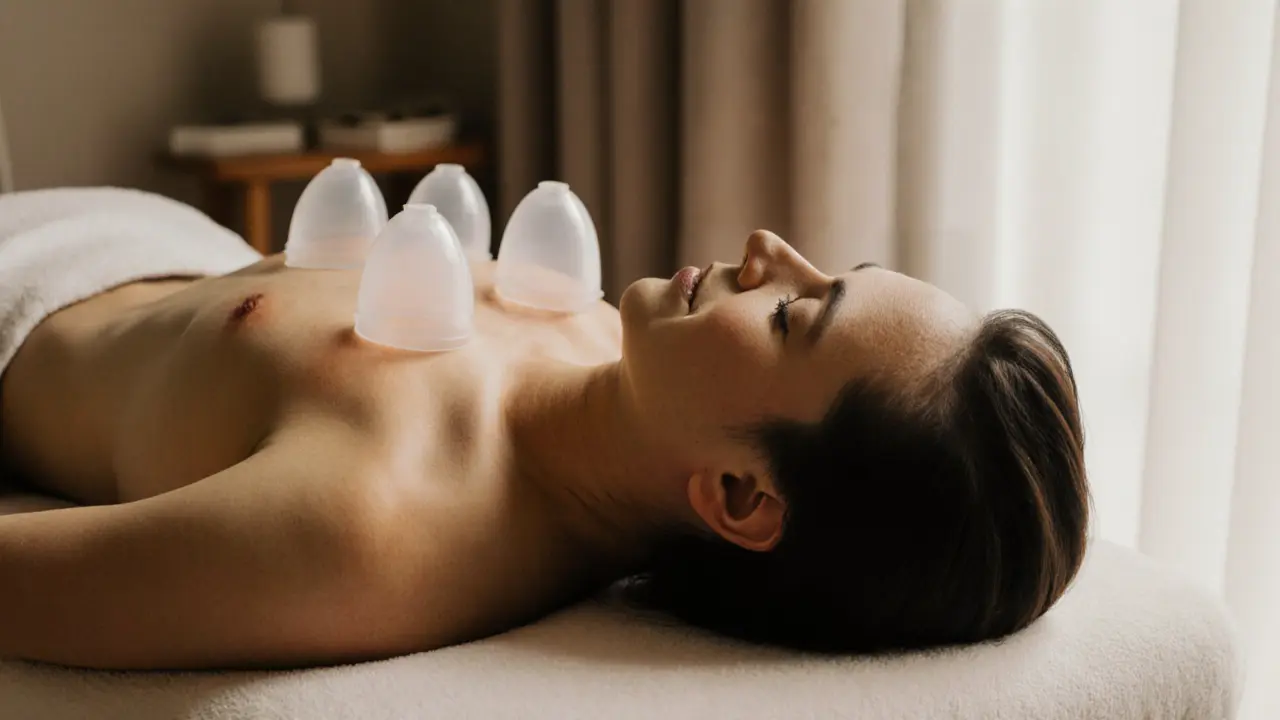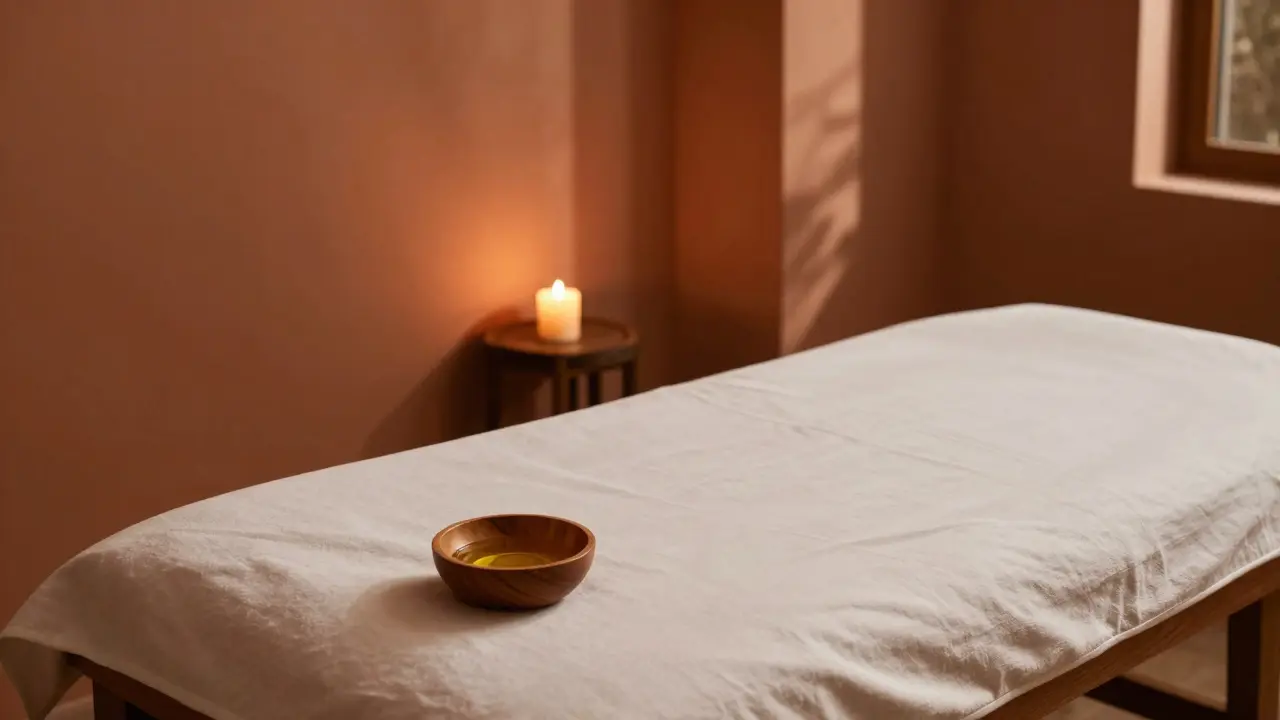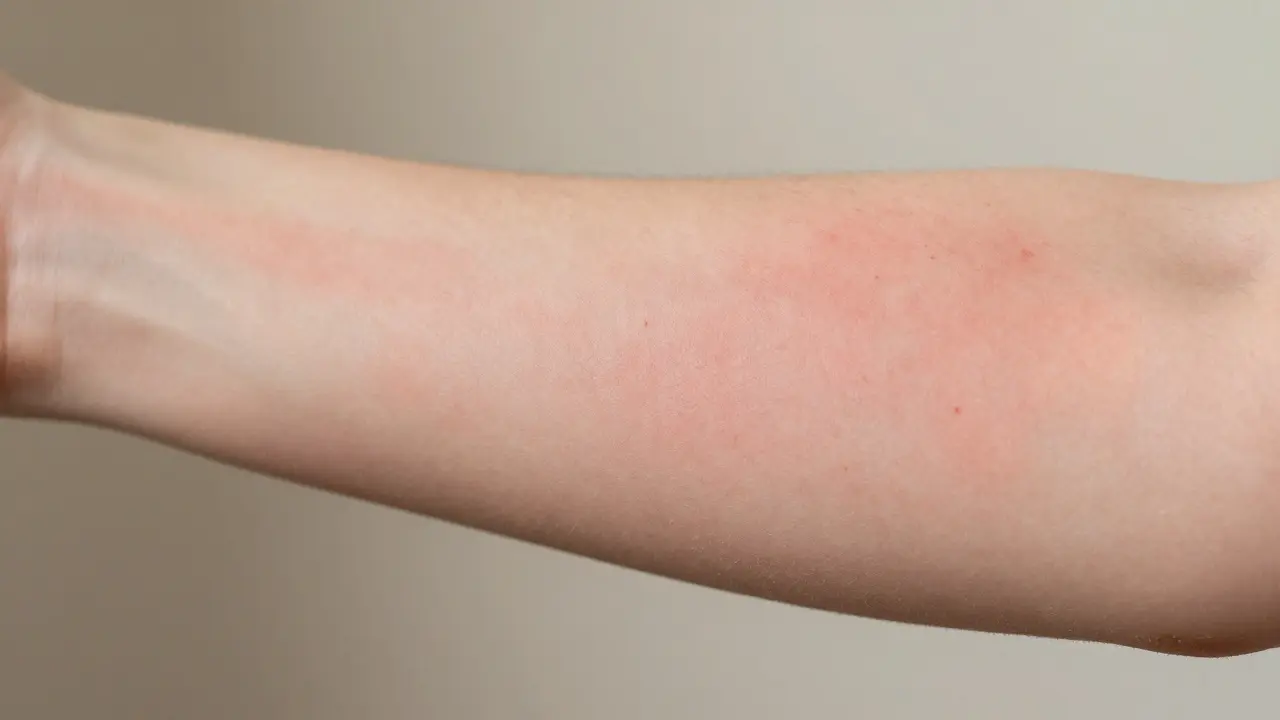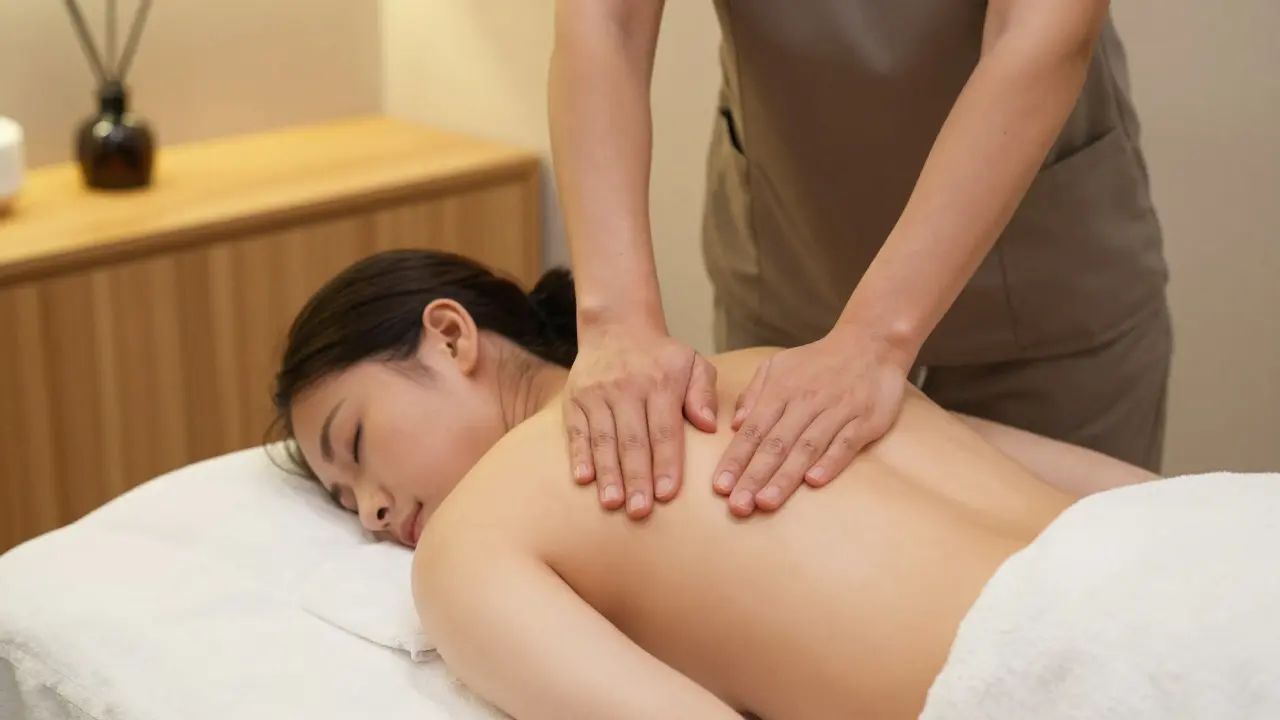Imagine walking into your favorite spa for a relaxing treat, only to spot someone leaving with what look like polka-dot bruises on their back. If you’re in Dubai, you’ll see this more often than you’d expect. Cupping therapy is ancient, yet it still raises eyebrows everywhere—myself included, until I did a deep dive to figure out what all the fuss was about. This therapy is splashed across the backs of athletes, models, even that one fitness influencer you follow. Some say it’s a miracle cure, others call it risky business. So, what’s the real story behind cupping’s controversy?
The Roots and Rise of Cupping: Old Wisdom Meets Modern Spa Culture
Cupping’s history is impressive, stretching back thousands of years—from Egyptian tomb paintings to Traditional Chinese Medicine (TCM) manuals. It travels across cultures, with versions in Islamic Hijama, Greek medicine, and even some old-school European remedies. The practice is simple: glass, bamboo, or silicone cups create suction on the skin, supposedly pulling toxins and pain right out of the body. This simplicity is why it’s survived so many eras and cultures.
But fast forward to 2025 and—surprise—it’s not limited to mystical corners or old healing traditions. Luxury Dubai spas offer it as a chic wellness add-on, and you’ll find influencer videos showing the deep red welts left behind like badges of honor. Part of cupping’s new cool factor comes from celebrity athletes swearing by it for muscle recovery after intense games or workouts. Michael Phelps’ famous purple spots during the Rio Olympics is an image most folks never forgot.
The global market for spa treatments like cupping is booming. In Dubai alone, upscale wellness clinics offer modern twists: fire cupping paired with aromatherapy, or quick 30-minute silicone cupping add-ons after a Swedish massage. And yet, the controversy refuses to fade. Why?
Promises vs. Proof: What Science Really Says About Cupping Therapy
A big reason for all the debate comes down to the gap between cupping’s promises and scientific proof. Fans claim it eases everything from sore muscles and migraines to chronic fatigue. Some say it does wonders for skincare (hello, glowing Instagram posts). Mechanically, the process increases blood flow to where the cup pulls, which can help loosen tight areas—and stimulate a rush of endorphins.
However, when you dig through medical journals and reliable research, the studies just don’t back up the hype in a big way. Reviews from 2024 in respected medical journals tend to agree: cupping may help with short-term pain relief or muscle tension, but the so-called detox and deep healing benefits aren’t solidly proven. Most scientists stress the placebo effect and a lack of consistent clinical studies. Some experts point out that while cupping does increase circulation, so does a rubdown with your favorite body oil. The difference? No purple spots—and a lot less controversy.
The World Health Organization does recognize cupping in traditional medicine systems, but they also say it needs more controlled studies to prove its effects. So if you’re hoping it’ll totally clear your migraines or melt away cellulite, best take those promises with a pinch of salt.
Modern Spa Safety: Risks, Side Effects, and Regulating Cupping in Dubai
Let’s talk about the elephant in the room—the risks. Those dark bruises are the most obvious side effect, but some people experience worse: blisters, burns (especially from fire cupping), skin infections or even muscle soreness lasting several days. If a spa doesn’t use hygienic equipment or trained practitioners, things can get dicey fast. That’s a real concern, especially in popular destinations like Dubai, where not every spot has the same rigorous standards.
Regulations in Dubai have tightened up in the last few years. Now, clinics offering cupping need special licensing from DHA (Dubai Health Authority). Therapists must get certified and use single-use cups or strict sterilization methods. But let’s be honest, not every trendy Instagram spa follows the rules to the letter. Watch out for at-home sessions by self-proclaimed wellness coaches. If you want to try cupping, ask about credentials, check for published reviews, and never ignore weird pain or open wounds after a treatment. The safety conversation is precisely why many medical experts push back against cupping’s spa-hyped image.
Real talk: if you have conditions like hemophilia, severe eczema, or use blood-thinners, steer clear. Pregnant women are usually advised to avoid it—especially on the abdomen. The golden rule? If your therapist can’t answer medical safety questions, just walk out. That’s something I tell all my friends, and it’s helped a few skip bad experiences.

Polarized Opinions: Why Believers and Skeptics Rarely Agree About Cupping
The emotional side of the cupping debate is fierce. On one side, fans see it as an empowering link to ancient wisdom or a last-ditch remedy after physical therapy failed. They’ll swear their back pain or migraines improved overnight, and I’ve heard Dubai spa regulars claim monthly sessions help them handle office stress and “detox” after junk food binges.
On the other hand, skeptics view those deep welts as evidence that the treatment does more harm than good—or is all in your head. Some doctors argue that even if someone feels better, it’s thanks to expectation (the placebo effect) and the surge of endorphins from the sensation of suction, not the removal of “toxins.” Fun fact: your liver and kidneys naturally handle detoxing—you don’t need suction cups to get the job done. As a spa blogger, I keep hearing old-school wellness types railing against the “Instagram-ification” of cupping, worried it trivializes real healing traditions.
The middle ground is much quieter but growing: those who use cupping as a complementary therapy, not a replacement for science-based medicine. They acknowledge the cultural significance but want treatments guided by proper training. After testing cupping a couple of times myself in Dubai (with real pros, not quick-fix influencers), I landed in this camp. The difference between an ancient healing art and a quick-money trend really boils down to knowledge, safety, and realistic expectations.
How to Get the Most Out of Cupping: Tips for Dubai Spa Clients and First-Timers
If curiosity has you thinking about cupping, being well-informed is the best way to avoid regret—and that dreaded “what happened to your back?” question. Here’s what I’ve learned from spa insiders and a few embarrassing moments myself:
- Find certified therapists: Check the spa’s credentials. Don’t settle for anyone who can’t show legal certification in Dubai.
- Ask about technique: There’s dry cupping (just suction) and wet cupping (which involves tiny incisions—always with medical oversight). For newcomers, dry cupping is safer and has fewer risks.
- Look at hygiene: Fresh sterilized cups, gloves, and spotless surfaces are a must. Never let someone reuse unwashed cups on your skin.
- Prepare skin: Skip creams before your session and avoid tanning or shaving within 24 hours—cupping on freshly waxed skin is not an experience you’ll forget (for all the wrong reasons).
- Aftercare is non-negotiable: Keep the area clean, avoid heavy exercise for 24 hours, and skip hot baths after. Moisturizing with aloe or gentle oils helps with healing.
- Don’t expect instant miracles: The best you’re likely to feel is a soft, relaxed muscle and maybe a sense of calm for a few days.
Remember: visible marks can last a week, so plan your spa day with that in mind—especially before events where bare skin is the star. I’ve had to cover up with flowy shirts a few too many times after forgetting how dramatic cupping aftereffects look!
Keep expectations grounded. If you’re chasing self-care, relaxation, or muscle relief, cupping can fit in. But for treating illness, always double-check with your doctor first.
FAQ
- Does cupping really detox the body? There’s no evidence cupping draws toxins out; your body’s natural organs handle detoxification.
- Are cupping marks dangerous? For most people, marks are harmless and fade in a week, but painful or blistered skin should be checked by a doctor.
- Can anyone get cupping therapy? No—those with blood disorders, skin conditions, or who are pregnant should avoid it without medical advice.
- How long do cupping marks last? They usually fade in a week, but in rare cases can linger for two weeks, depending on your skin and treatment strength.
- Is cupping therapy legal and safe in Dubai? Yes, when performed by certified therapists in licensed clinics using strict hygiene and approved techniques.



